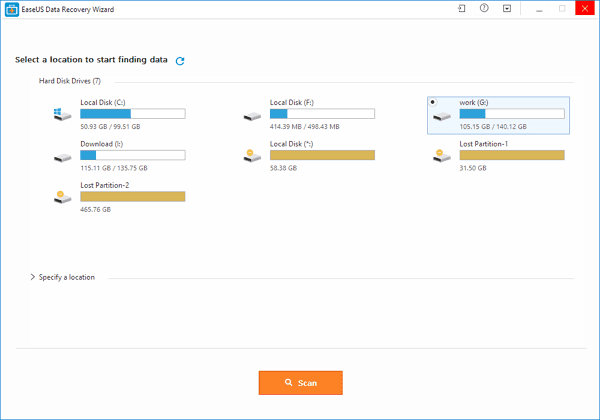More than 13 families of ransomware and 2.3 Million viruses were identified in the quarter two of 2017 on Windows. This data was received to the media from a new report this week. As per Quick Heal Technologies, detections of malware witnessed a fall of 23% but carried on to come out more than 1,700 times each minute.
“Even though detections of malware on Android and Windows witnessed a fall compared to the last quarter, attacks from ransomware have grown. This inclination proves that cyber attackers are operating on attacks that need fewer resources but at the same time provides high returns,” claimed Chief Technology Officer of Quick Heal, Sanjay Katkar, to the media in an interview.
The report forecasted that there was an elevated probability of huge attacks such as WannaCry owing to each businesses and users failing to keep their networks up-to-date and patched. In addition to this, attacks of ransomware may elevate on healthcare organizations. And destructive, newer, and more improved versions of the Petya and Wannacry are anticipated to surface.
Besides Petya and WannaCry, other live ransomware families that came out in the quarter two comprised Crisis, Jaff, and Cry128/Cry9, among others. “With the arrival of attacks from ransomware such as Petya and WannaCry, spammers are now moving their focus towards attacks that give them more cash and in a simpler way since campaigns for ransomware have high returns than for other malicious and data stealing campaigns,” the report further added.
It was also found that Trojans carried on to grow with 37% discoveries followed by Worms, Infectors, and Adware along with Potentially Unwanted Applications (PUA). The report further added that attackers were rolling out fake applications, labeling them with in style keywords to ploy people into downloading them.
“These applications are mostly designed by novices and are not written properly. This leaves vulnerabilities of security in them. These feeble apps are then utilized by seasoned scammers to aim mobile users,” the report further warned by highlighting these points. The report forecasted that fake apps are anticipated to rise in volume not only in Google Play but in 3rd party app stores as well.
###










